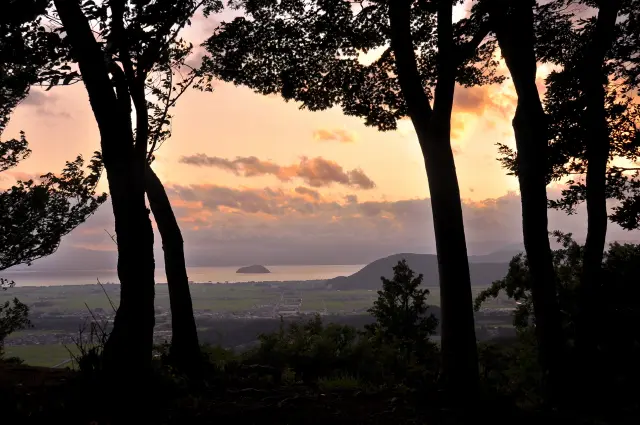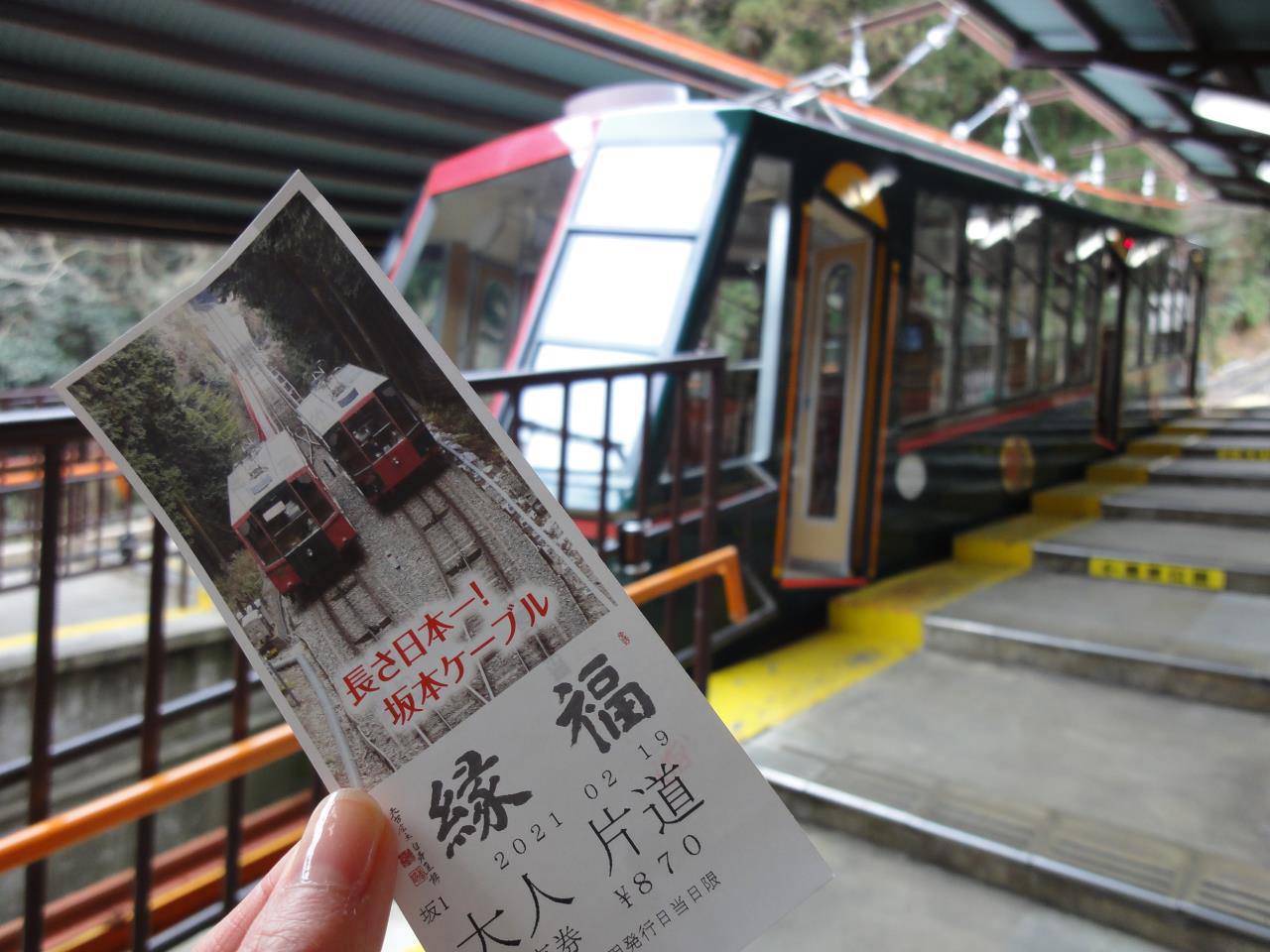
Hiking the Sacred Paths of Mt. Hiei
Last update
Mt. Hiei straddles the prefectures of Kyoto and Shiga, and stands at a height of 848 meters. Hikers can spend half a day on the mountain, and with cable cars and buses connecting the top and the bottom, there is also the option of just climbing up or down. At the top of the mountain is Enryaku-ji Temple, where visitors can experience both the spiritual and the natural.

Mt. Hiei can be accessed from Yase in Kyoto and Sakamoto in Shiga. Here we’ll take you through a course that starts with a cable car from Sakamoto up to the top of the mountain, before hiking down to the bottom. Of the many available, this is the Mudojidani route. The route is unique to Mt. Hiei, as it passes through a section of the Sennichi kaihogyo*, an ascetic practice undertaken on the mountain.
Make sure to wear some comfortable walking shoes, and note that temperatures are colder than at ground level, and that there may be snow cover in winter.
*Sennichi kaihogyo (circling the peaks for a thousand days): Across seven years, monks set out from Mudo-ji Temple at 2 am, hiking through the mountain on routes that are dozens of kilometers long to specific temples and shrines.
Mid-way through the challenge, monks must spend nine days in a temple without food, water, sleep, or lying down, constantly reciting Buddhist sutras. Most recently, a monk completed the challenge in 2017.
The Stunning Stone Walls of Sakamoto and the Cable Car to the Top
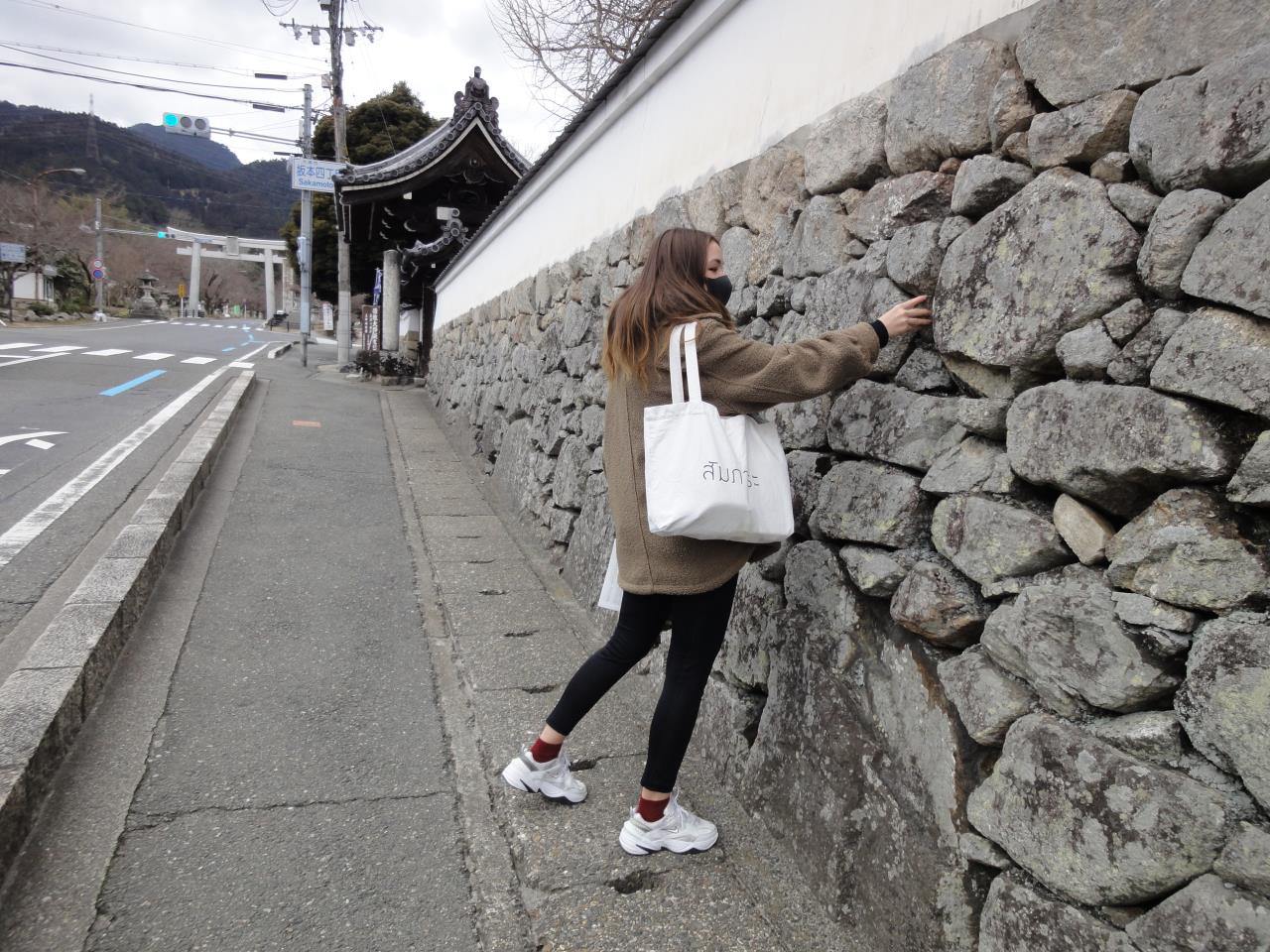
Beautiful stone walls in Sakamoto.
The route begins at Sakamoto-hieizanguchi Station on the Keihan Line. Sakamoto once flourished as the temple town of Enryaku-ji, and with numerous temples and shrines, it is enveloped in a relaxing Japanese atmosphere. Sakamoto was also the base of a famous stonemason society, and so stunning stone walls can be seen throughout the area. An approximately 10-minute walk past these picturesque walls leads you to the cable car station.
At the top of the mountain, visitors are treated to a stunning view of Lake Biwa below. Hiking this far up would require a lot of effort, so perhaps a simple hike down would be the best choice.
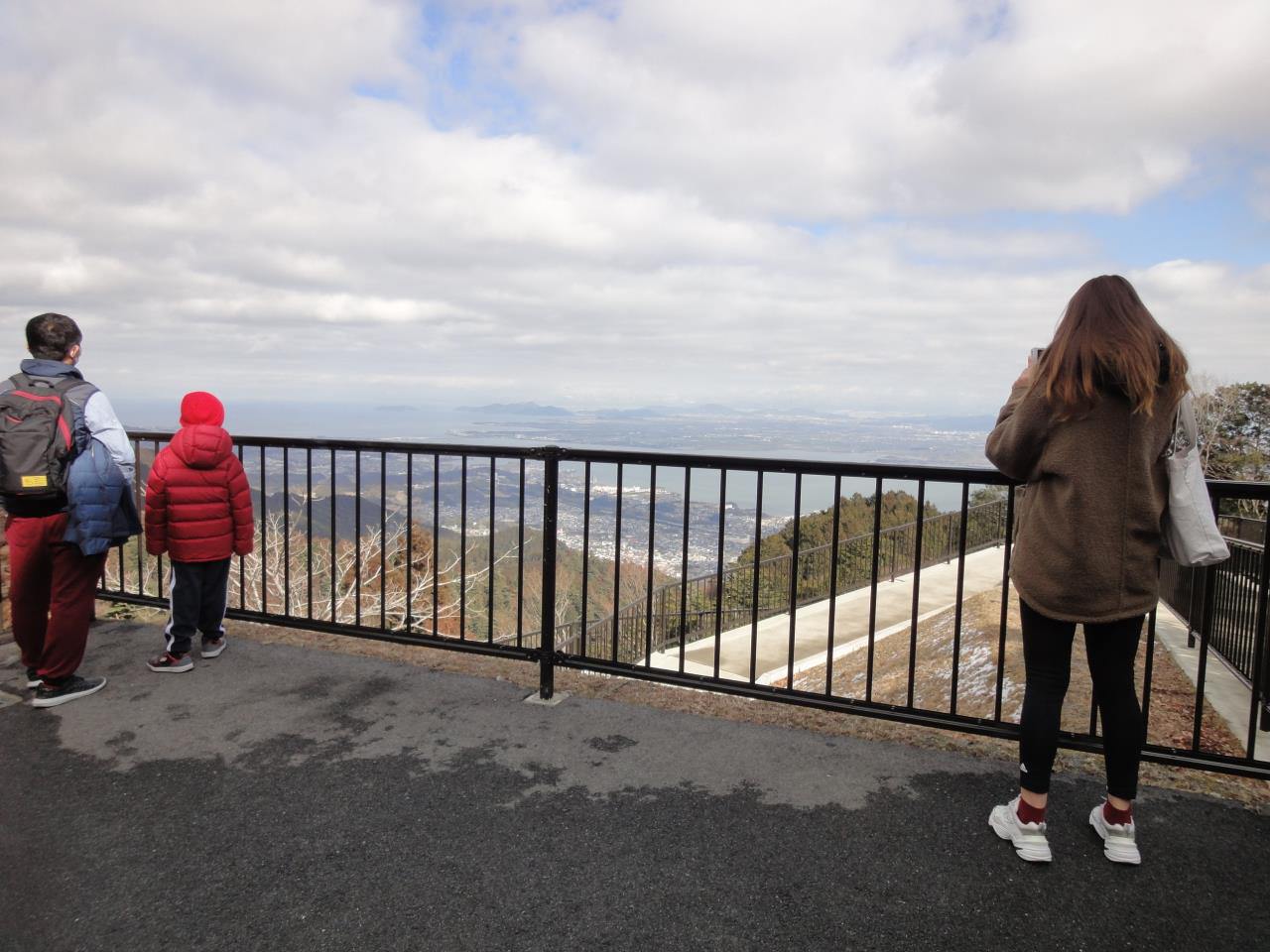
A stunning view greets visitors just outside the cable car station.
Fumetsu no Hoto—An Eternal Flame at Enryaku-ji Temple
The first thing to do after exiting the cable car station is to visit Enryaku-ji Temple (Entrance fee: Adults: 1,000 yen; Junior high and high school students: 600 yen; Elementary school students: 300 yen).
The whole of Mt. Hiei is part of the Enryaku-ji precinct, and so to see all of the temple requires around a day. Here we’re going to look in particular at the Konpon Chudo Hall, Enryaku-ji Temple’s main hall, and its environs. (The hall is under refurbishment until around 2025, although worshipers can still visit). Enryaku-ji Temple was built by the high priest Saicho in 788, and a Buddhist image he carved is currently housed in the Konpon Chudo Hall. Although the sacred image is behind closed doors and not on display to the public, just outside the doors is the fumetsu no hoto, a flame that has continued to burn since Saicho first set it alight more than 1,200 years ago. In the silent darkness of the hall, this eternal flame creates an overwhelming, sacred atmosphere. Please be aware that photography and filming is prohibited inside the Konpon Chudo Hall.
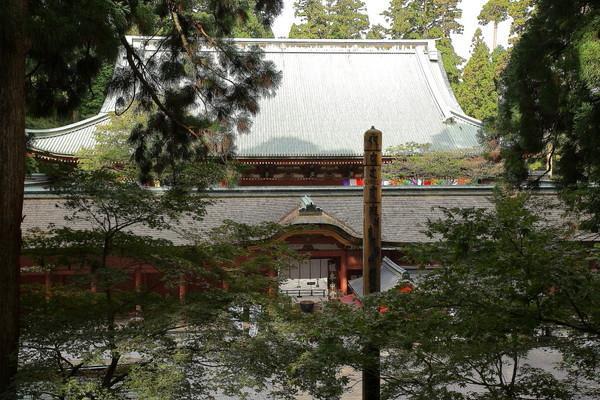
The Konpon Chudo Hall is famous for the fumetsu no hoto, a flame that has burned continuously for 1,200 years (the hall is under repair until around 2025, but is still open to visitors).
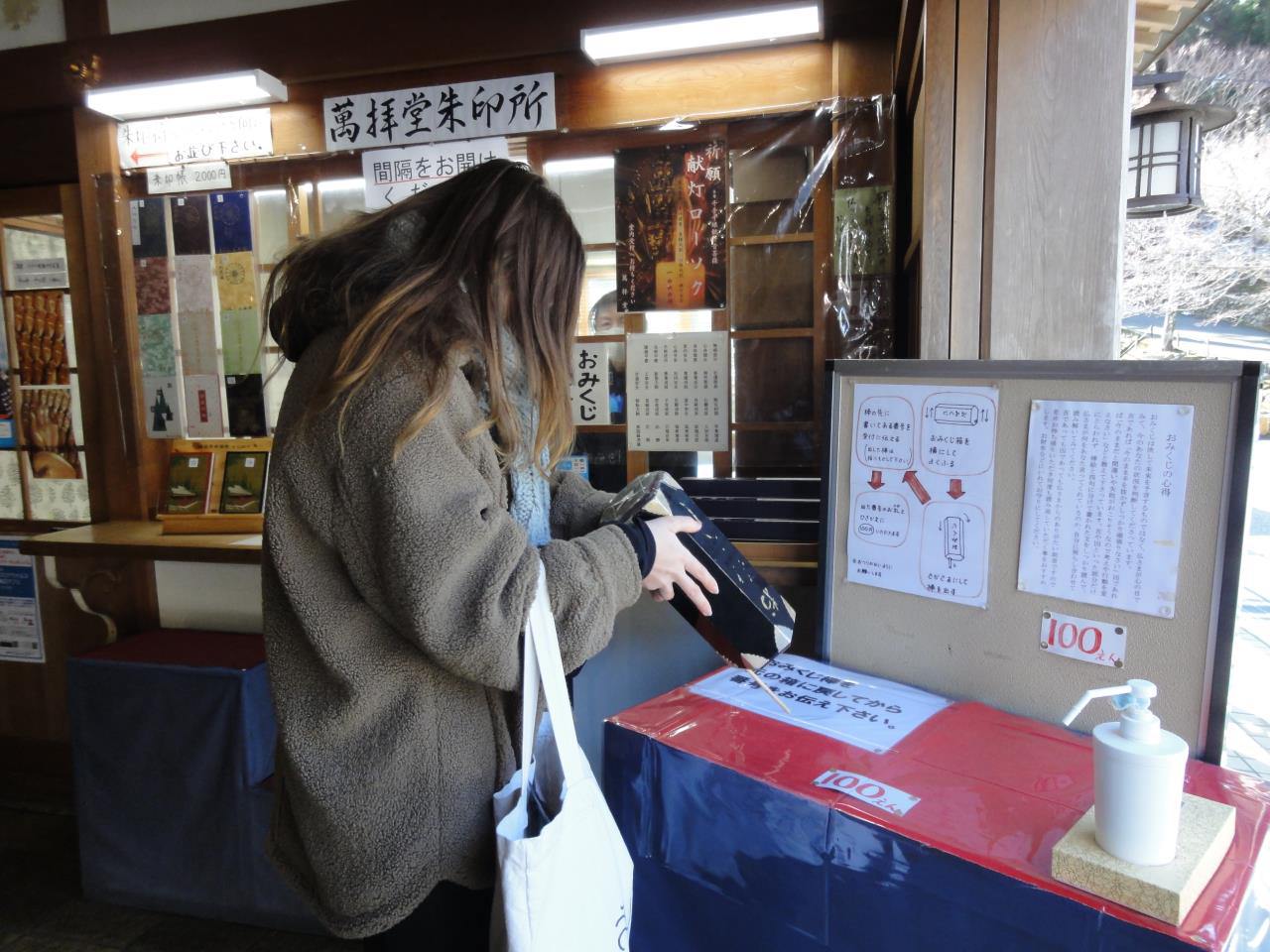
Try your luck with a fortune slip at the Manpaido Hall (100 yen each).
A 90-Minute Adventure Down the Mountain
The Mudojidani route begins just inside the torii gate to the side of Cable Enryakuji Station on the Sakamoto Cable. The first part of the route is an easy, paved path. A short while later the route changes onto a well-maintained dirt path, which passes by Mudo-ji Temple. This is where monks taking part in the Sennichi kaihogyo begin their hikes, setting off at 2 am on routes traversing dozens of kilometers. The unmaintained section of the route also begins here. To prevent wild animals from entering the temple grounds, parts of the route are fenced. Passing through the gate feels like stepping outside of a sacred border, and here the route enters a thick natural forest, which is somber even during the day. Here, the only sign of human activity is the well-trodden, narrow path. Keep heading down the path as you crunch over the piles of leaves and broken branches and dodge roots and stones. Although the route leads directly to the bottom, typhoons have damaged parts of the path. Don’t worry, though, as people have kindly mapped out a route using pieces of string tied to branches. There are signposts, too, and although they are all in Japanese, they are proof that the paths are safe to walk. After a while, the path opens up; it might feel like you’ve been walking for a long time, but this is just over half way. Your legs will begin to feel tired, but be reassured by the lesser number of trees and the fact that you’re nearing the bottom.
The end of the route is marked by a heavy chain which prevents cars from entering the mountain. Stepping over this chain feels like you are back into familiar territory. The walk down the mountain takes about 90 minutes, and so combining this with the cable car up and a stop off at Enryaku-ji Temple means that the whole trip takes around half a day. With a mixture of sacred places and untouched nature, this is a great, half-day trip for those who like an adventure.
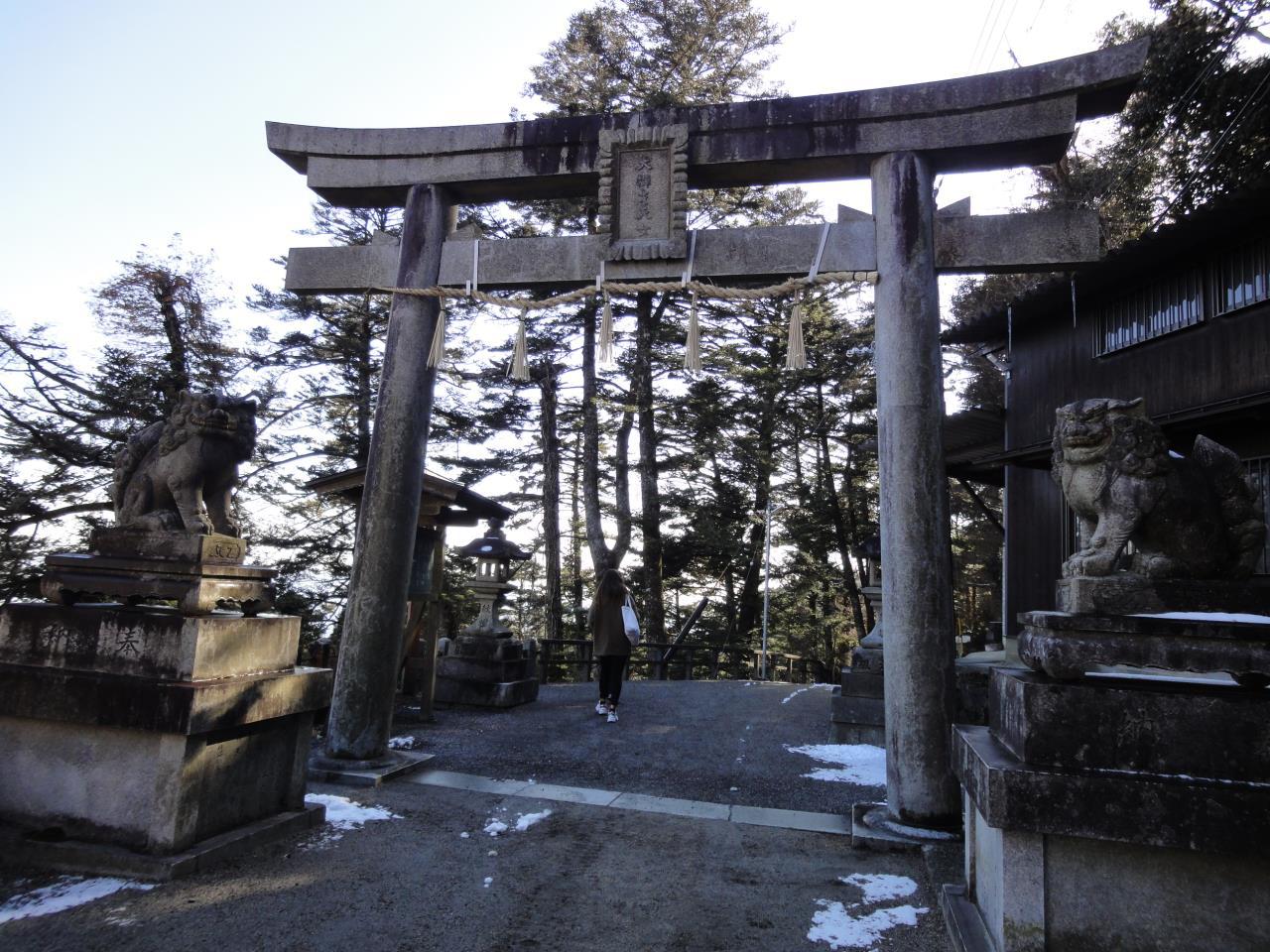
This torii gate marks the start of the Mudojidani route.
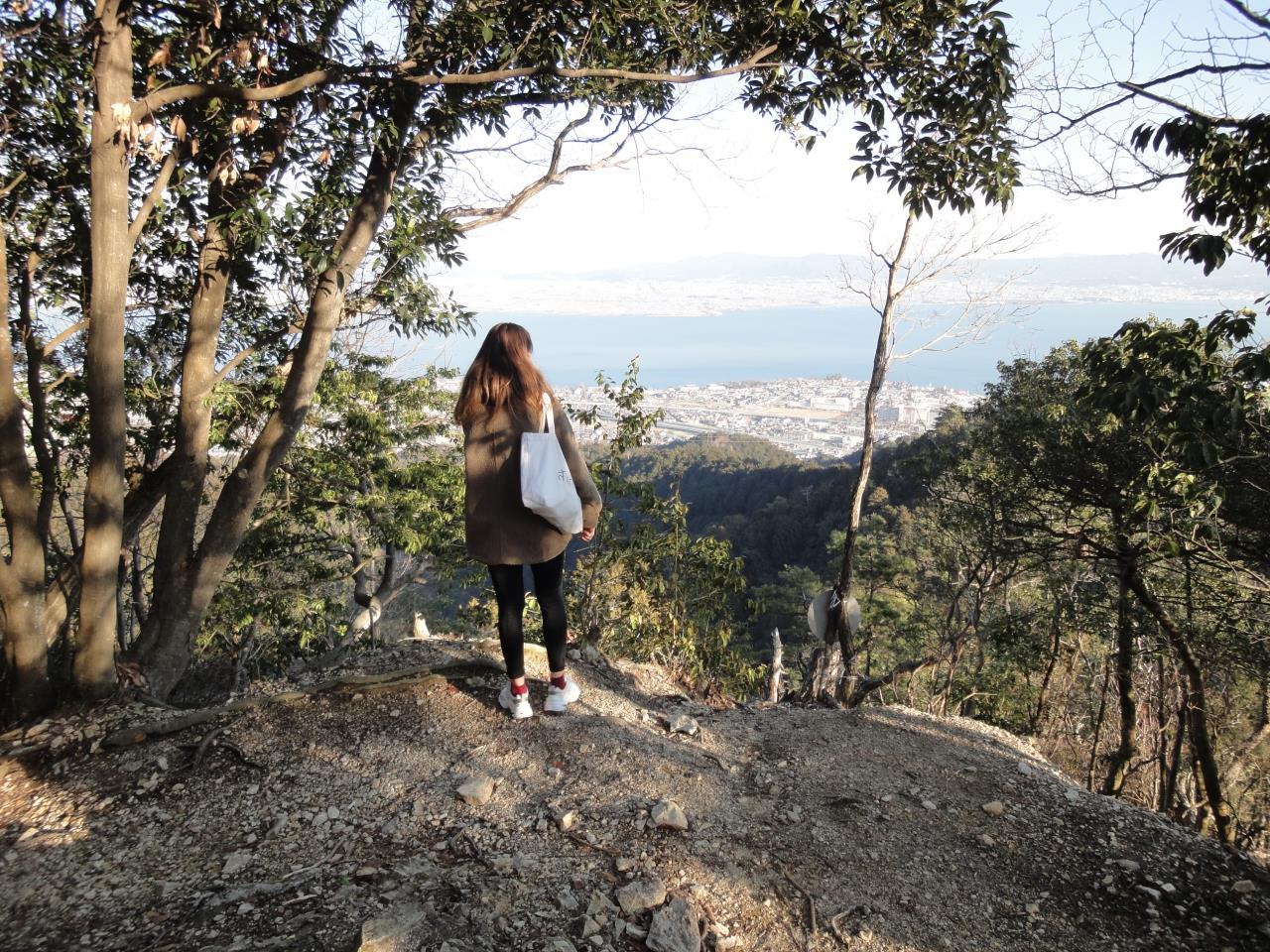
The hiking routes are immersed in rich natural surroundings.
Check also...
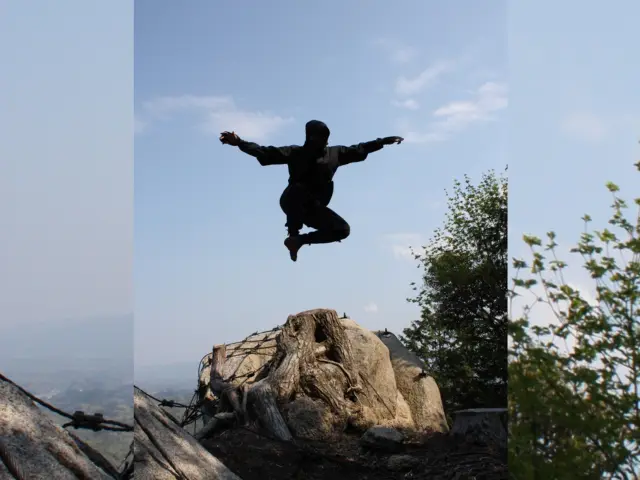
🥷 Walk in the Footsteps of Real Ninja: Discover Koka’s Hidden Legacy

Consider your accommodation in the Kansai area!

Restrictions on Large Baggage

Hidden Stories in Stone: Exploring Japan’s Castle Walls

Feel Like a Lord: Castle with Stunning Panorama Views
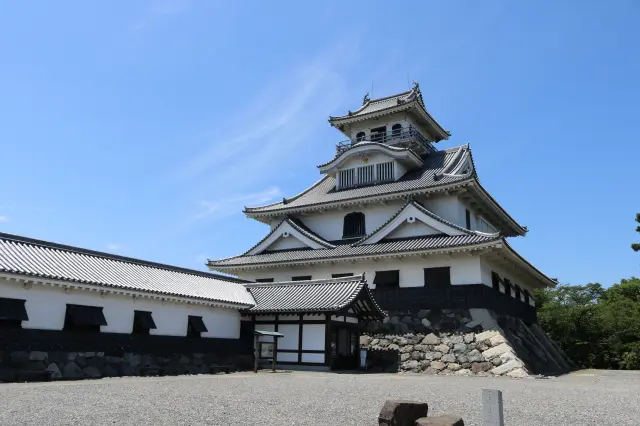
Castles of Toyotomi Hideyoshi
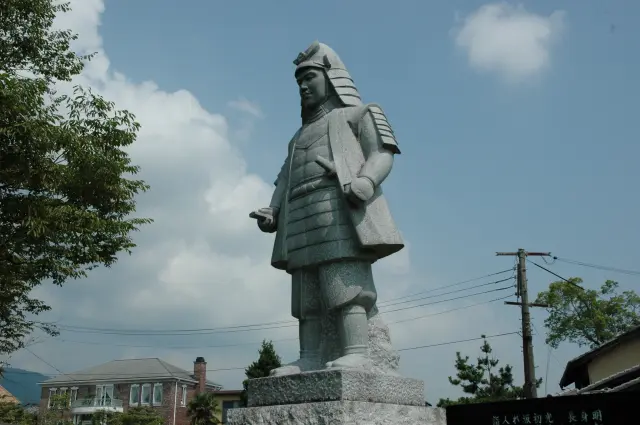
Castles of Akechi Mitsuhide
